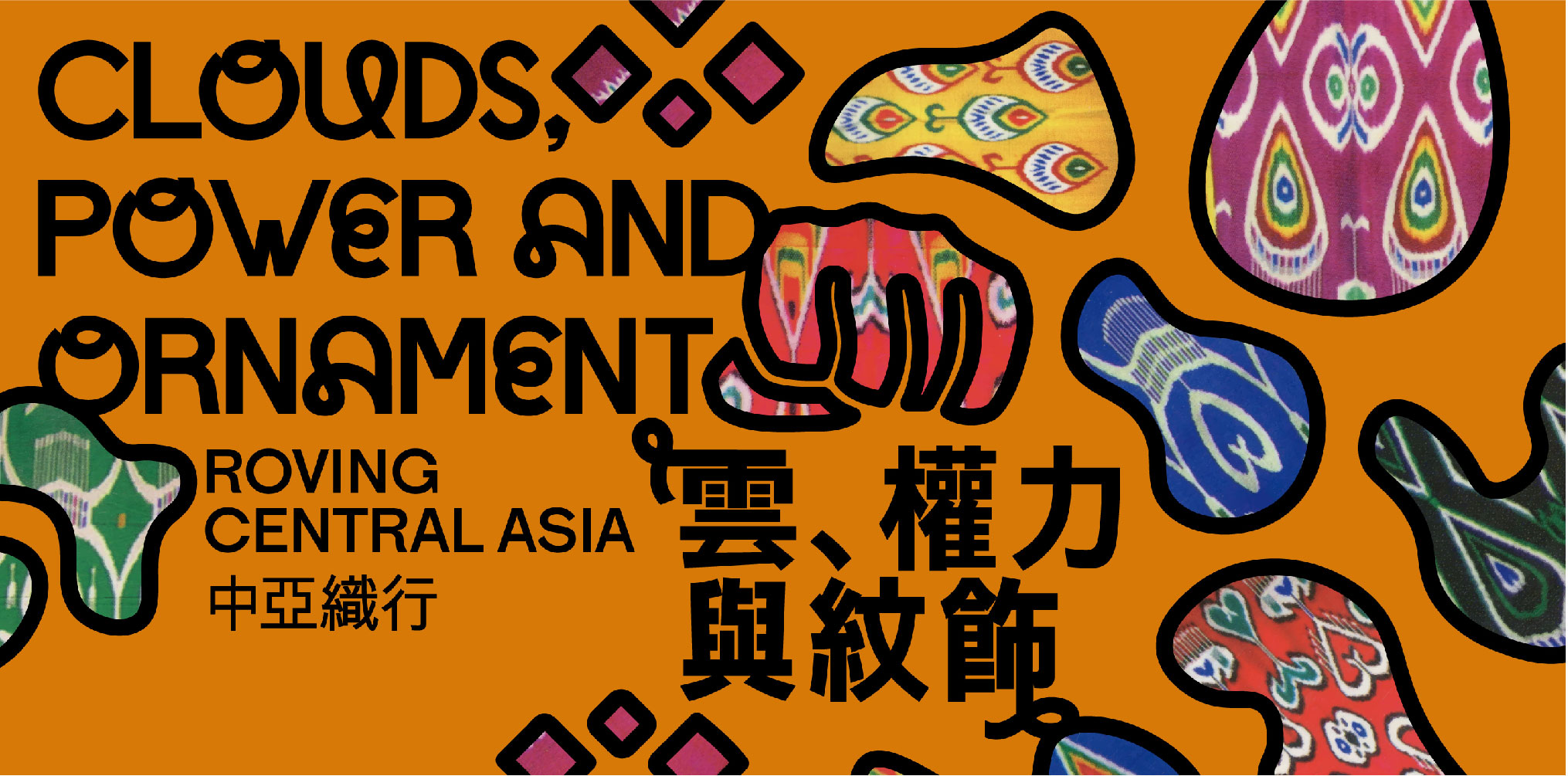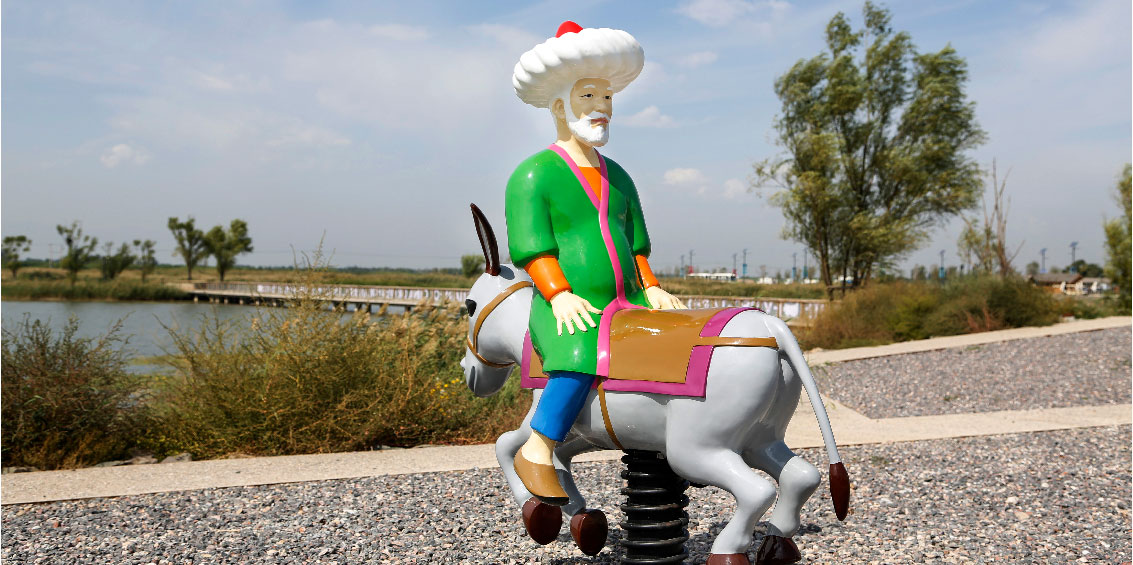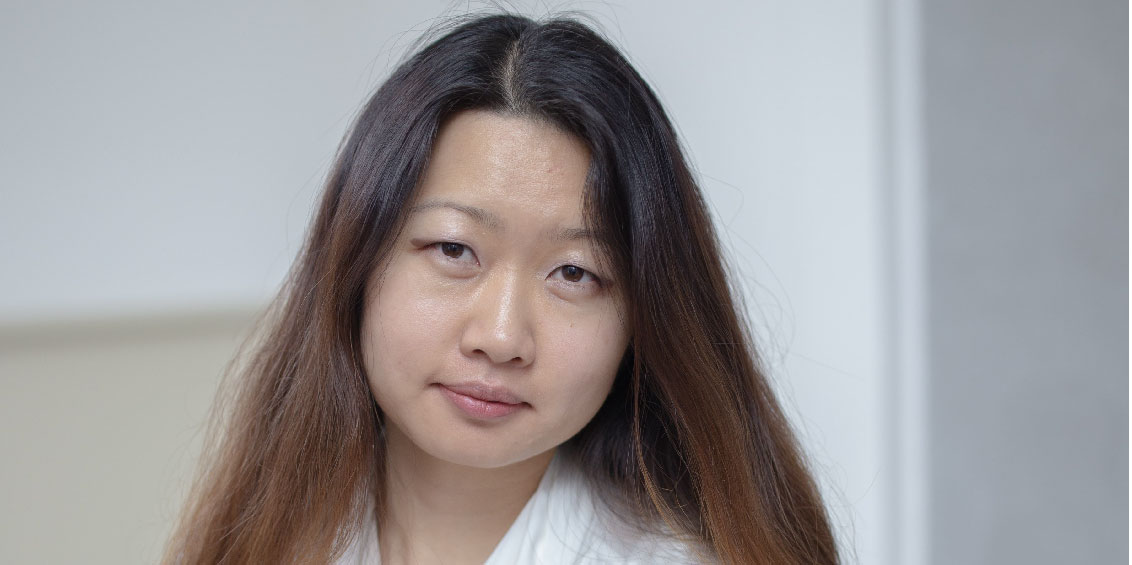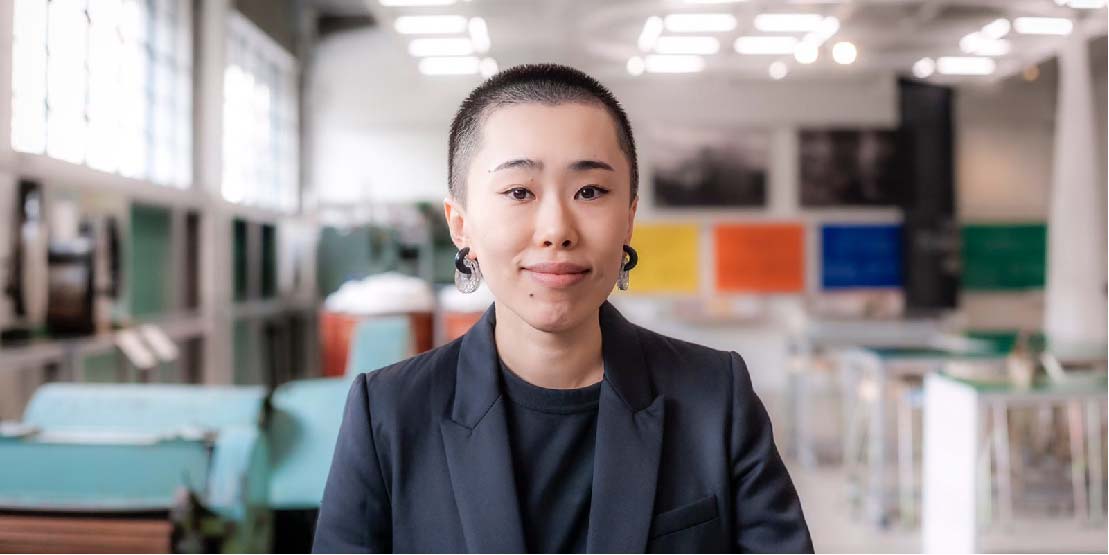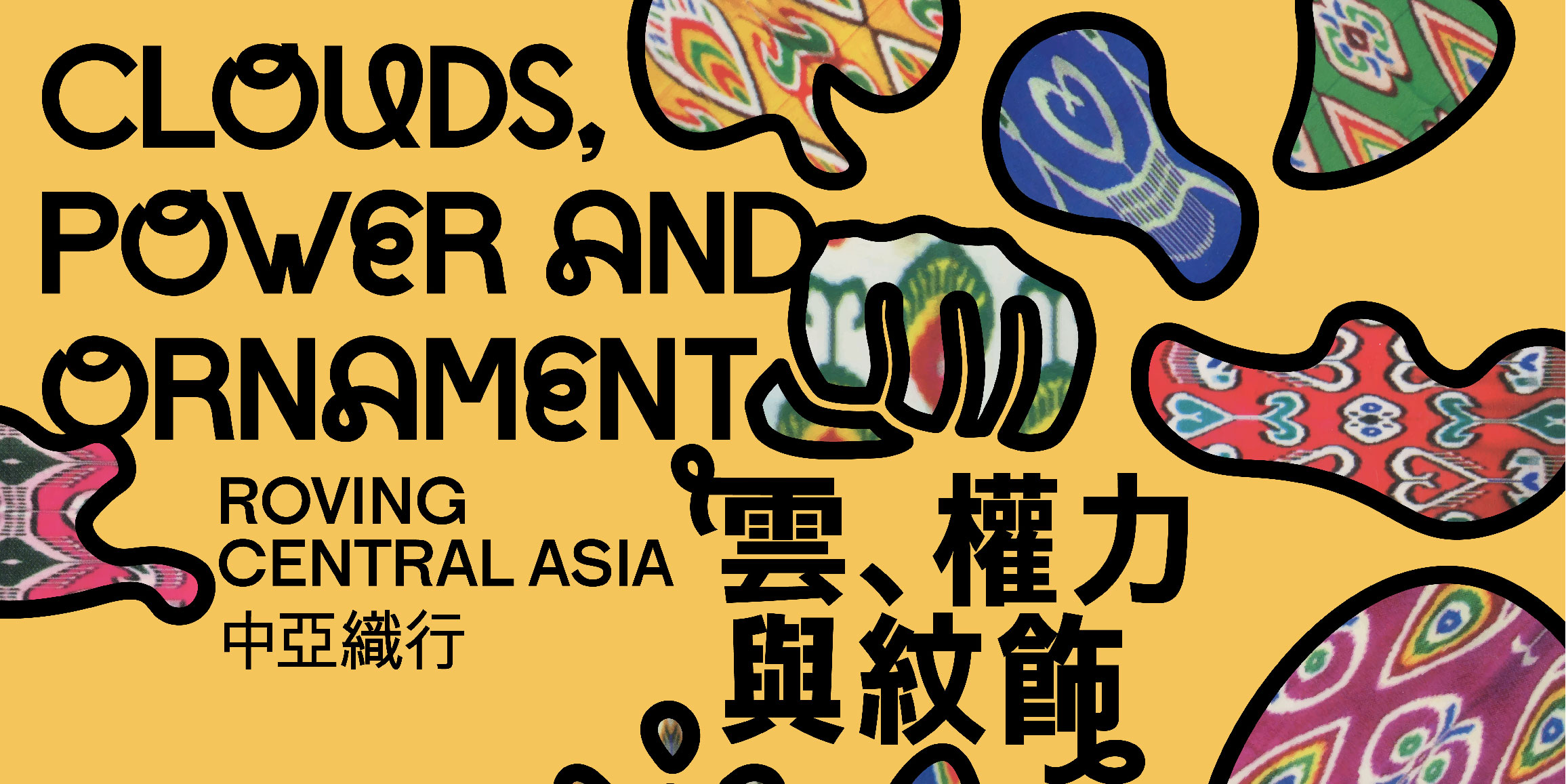Ikat , felt, suzani, syrmak . . . All these traditional materials and technique along with their unique styles and ornaments make up the distinctive textile culture of Central Asia. Age-old textile practices permeate the political economy and serve as a medium for social life. Even in the current era of information technology, textile production is a deeply rooted part of many Central Asian peoples’ daily lives. Contemporary artists from this region also often use this textile culture for inspiration and as creative material to respond to political and social transformation, raising discussions around the preservation of traditions, the circulation of collective memory and how textiles can encourage unity within a community.
This exhibition takes textiles and crafts as the starting point for an in-depth exploration of this vast interconnected territory with its multi-layered politics, societies and cultures. The exhibition has two parts: Clouds and Power co-curated by Slavs and Tatars and You Mi, and Suture: Reimagining Ornament curated by Alexandra Tsay. The first part uses traditional ikat as a metaphor to present the intricacies of Central Asia’s political and social landscape. The ‘bazaar-like’ exhibition design also paints a group portrait of Central Asian contemporary art. The second part focuses on Central Asian traditional ornamentation, exploring it as a language that both reflects and shapes politics, society and culture. Its focus on Central Asian female artists also reveals important powers that have been concealed by mainstream narratives.
Broadly speaking, Central Asia extends from the Caspian Sea in the west, to the borders of China and Mongolia in the east, Afghanistan and Iran in the south, and Southern Russia in the north. It includes the 5 former Soviet countries of Kazakhstan, Uzbekistan, Kyrgyzstan, Tajikistan and Turkmenistan. Geographically linking East and West through ancient Silk Road trade routes, the area is where various empires and political powers converge and compete, giving rise to different periods of social transformation. Likewise, this region has experienced frequent exchange and integration of commodities, people groups, religions and cultures for thousands of years. Even today, as international relations and the global economy face new rounds of competition and challenges, Central Asia remains at the forefront of conflicts and scrutiny. Exploring Central Asia will help us break through the limitations of binary opposition to uncover more fluid ways of thinking about complexity and contradiction and learn the ways and wisdom of coexistence in diversity.

